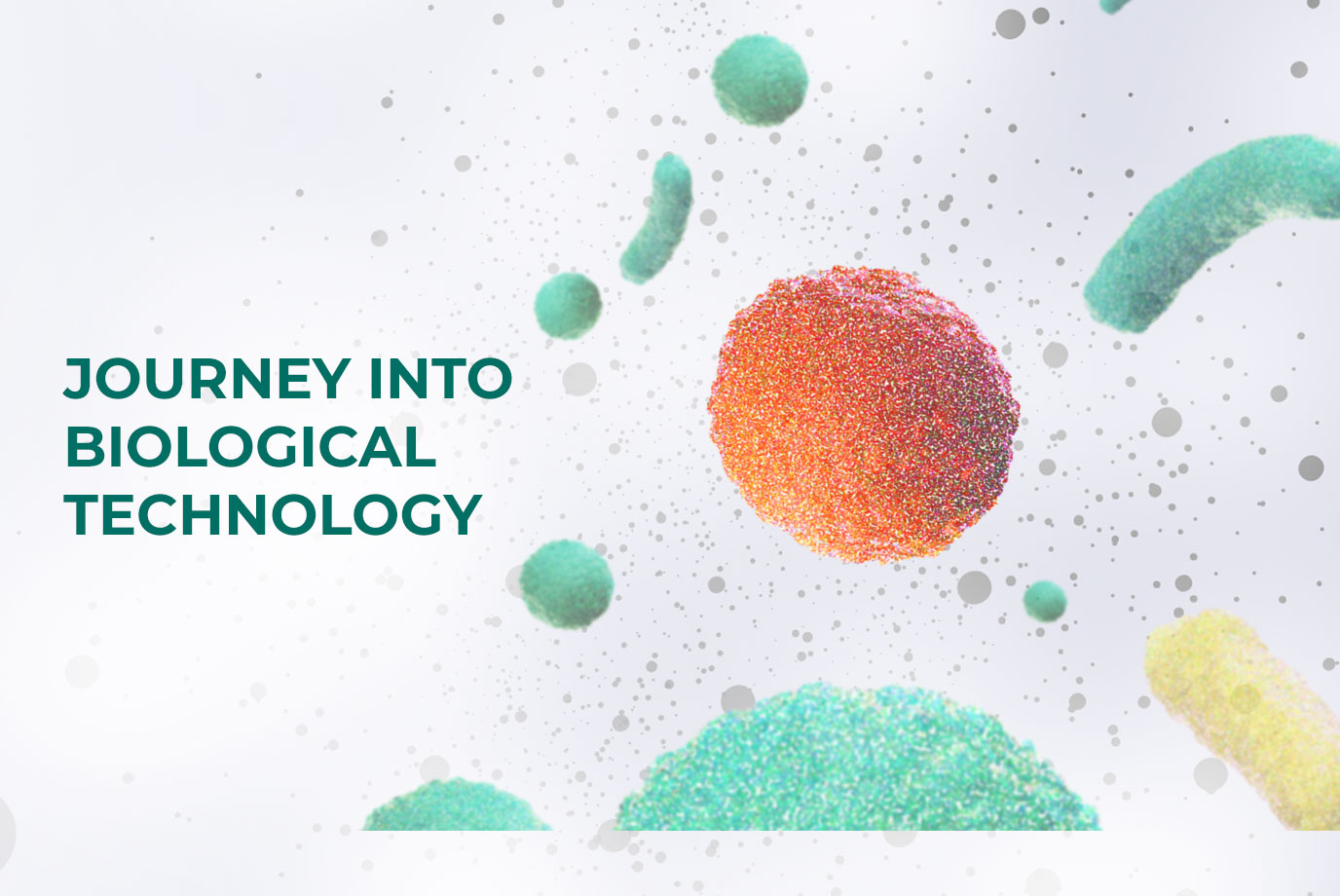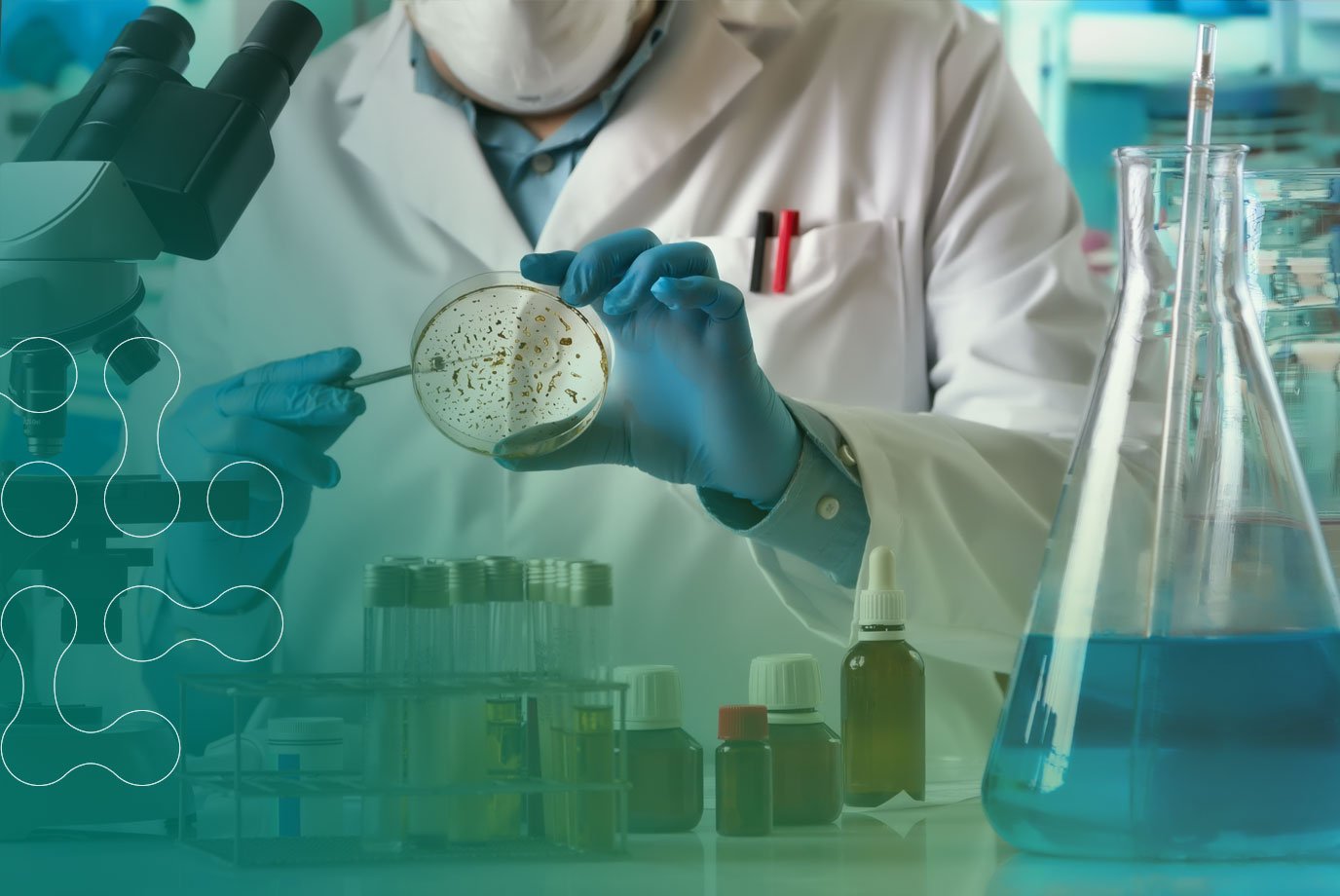Adenosine Trisphosphate (ATP) is an energy molecule found in all living things. The detection of ATP is therefore a clear indicator in determining the efficiency of cleaning processes.
ATP hygiene testing works by combining ATP with a liquid-stable reagent. The chemical reaction caused by the combination emits light, which is then measured in direct proportion to the amount of ATP present, measured in RLU (Relative Light Units)
When to use ATP testing?
- ATP testing is specifically designed to measure the level of organic contamination
- ATP testing is useful for a quick response and quantifiable measurement for cleanliness
Incorporate into a regimented testing programme that offers consistency, multiple samples and a well devised plan
When not to use ATP testing
- ATP testing should not be used to measure levels of microbes
- ATP testing cannot test for viruses as they do not contain ATP
- RLU’s do not indicate number of microbes on a surface
ATP tests are unable to distinguish between completely sterile and thousands of bacteria. An infectious dose can be as low as 10.
If the level and species of microbial contamination is the concern, then swabs can be taken to undergo Microbiological testing which will provide accurate counts and species categorisation.




